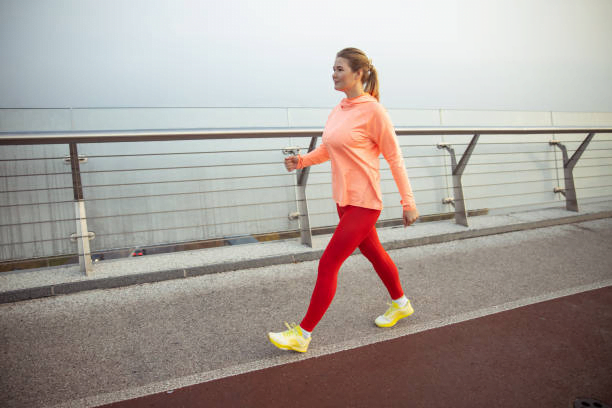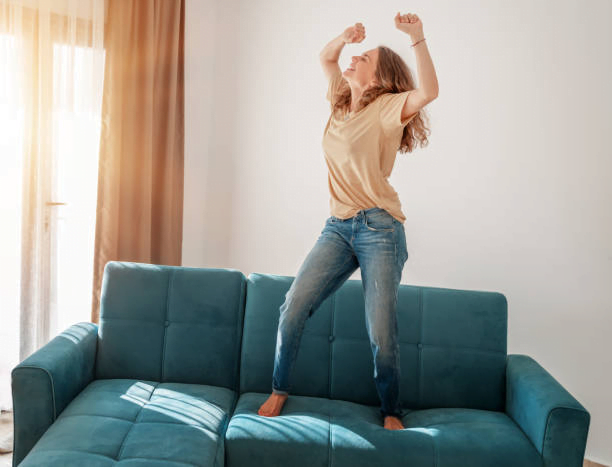
Physical activities increase the release of neurotransmitters linked to mood: serotonin and endorphin. Keeping the body in motion is very important for mental health as a whole, but especially for those who have Generalized Anxiety Disorder, the famous TAG. But do you know what that means?
What is anxiety, and what is not?

Anxiety symptoms are present at different times in our lives, and it’s okay to be like that. Who never got their heart racing on the eve of some important event, right?!
Anxiety becomes a problem, or an illness, when these symptoms become disproportionate in duration and intensity. It’s time to turn on the red light when anxiety starts to compromise your work, your social and family relationship, for example.
ALSO READ: Baby with Cough – Care and Treatment!
What are these symptoms?

Symptoms may include: restlessness, sleep disturbance, palpitation, tachycardia, stomach discomfort, muscle tension, sweating, excessive worry, unwanted thoughts, difficulty concentrating, exaggerated fears, and even irritability.
What is the difference between anxiety and stress?

Stress can be summed up as a set of external factors that cause a feeling of overload. For example, you may be stressed because of a complicated week at work and then develop anxiety symptoms.
Where does physical activity come into this story?

As seen at the beginning, physical activity is beneficial for physical and mental health and emerges as a strategic alternative to relieve anxiety symptoms. Knowing all this, just take a look at the selection we have prepared:
Walking

The walk has several advantages! It is accessible, practical, and can be done in most places.
Also, it can still function as an active meditation. Have you noticed that while walking, you take a break from excessive thoughts?
Perhaps this is the reflexive pause you lacked. Even better if it is done outdoors. Contact with nature is good for the body and mind.
Running

If your fitness is more advanced, running may be a good choice. In addition to improving your mood, running has a positive impact on your bone and muscle structure, as it strengthens these regions and increases physical endurance.
And the best thing: this modality is very high. That means you can get a bunch together and run together! Good opportunity to make new friends and increase motivation, right?
But it is important to note that, for people with osteoarticular problems (e.g., lower limb arthrosis and other joint injuries), it is recommended that running training be evaluated by a trained health professional who considers the risks and benefits of the sport.
Dance

Want something happier than dancing? It has therapeutic power in several ways. In addition to maintaining a healthy weight, dancing increases flexibility, works with motor coordination, encourages creativity, and improves self-esteem.
Because it is a fun and enjoyable practice, dancing helps to relieve everyday stress and make new friends. Moving around in the rhythm of music is capable of transforming a bad day into a wonderful day.
This is still an excellent alternative for those who feel unmotivated to train at a gym, for example. Even because dancing doesn’t always require you to leave the house. Just turn on a song and play to the beat!
Yoga

Anxiety is directly linked to the control of fear. Yoga exercises work on posture and breathing, which helps to relieve anxiety.
SAW? Putting your body in motion is among the best things you can do for your mental health. The important thing is always to be careful with safety and comfort during the practice of any activity.
Wear shoes and clothes suitable for physical activity, keep the correct posture, and a bottle of water always by your side. Also, be careful with the sun and heat, especially if your activity is outdoors.
And remember: it is important to perform a clinical and functional evaluation with a qualified health professional before starting a physical activity, especially if there are associated risk factors, such as injuries and diseases such as high blood pressure, diabetes, and heart problems.
